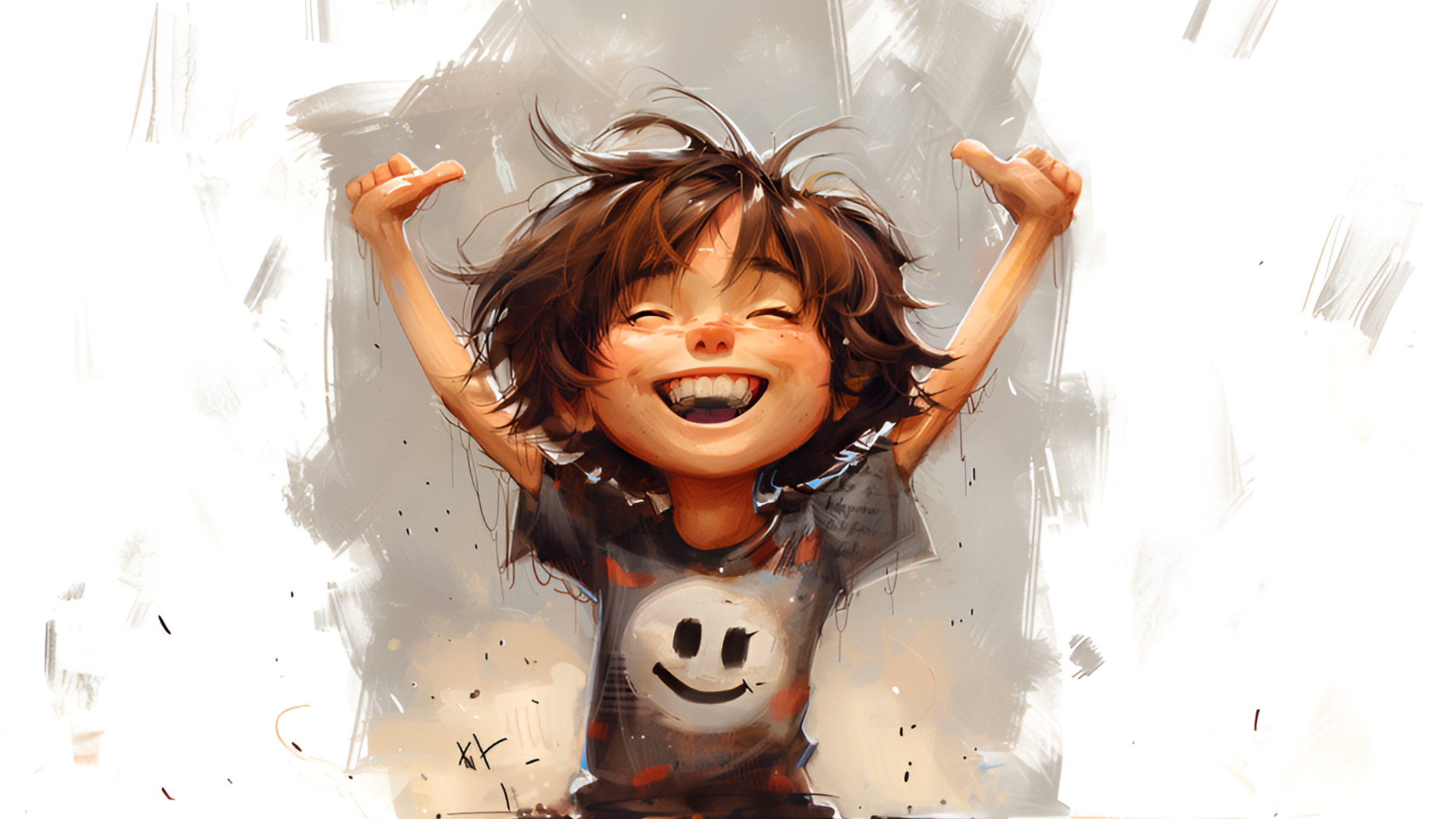
Have you ever wondered, “Why am I sad?”
It’s crucial to understand that sadness is not inherently bad. It’s a natural and valid emotion that everyone experiences.
Just as we encounter moments of joy, triumph, and excitement, life also brings challenges, losses, and disappointments that naturally evoke feelings of sadness. Sadness is a normal and appropriate human response to various situations.
We cannot and should not expect to be perpetually happy. Although that would be amazing, it’s not real. Understanding the triggers of our sadness and learning how to manage and respond to these emotions can significantly impact our overall well-being and, most importantly, prevent prolonged sadness, which is most commonly referred to as depression.
In this article, I will discuss some common causes of sadness or prolonged unhappiness and offer actionable steps to help you achieve a happier state of mind.
How Changes in Life Impact Your Mood and Emotions
It’s important to discuss change to fully answer the question, “Why am I sad?” Change is an inevitable part of life, and it often acts as a catalyst for our emotions.
Whether positive or negative, changes can significantly alter the course of our lives and, consequently, our emotional landscape.
A major promotion or starting a new career path can bring about a positive shift, infusing our lives with excitement and a sense of achievement. These changes often herald a period of personal growth and happiness.
On the flip side, life can also present us with challenging changes, such as losing a loved one or going through a divorce. These experiences can profoundly impact us, leading to deep sadness.
We must recognize that our emotional responses to such changes are natural and valid. They reflect our deep connections with our lives and the people in it. Understanding and accepting these emotions as part of our journey can help us navigate through life’s inevitable ups and downs.
What You CAN Control in Life
Life is a dynamic and ever-changing journey, filled with many events and changes over which we often have little control. What we do have control over, however, is how we respond to these events. As mentioned above, each change and every occurrence in our lives has an appropriate emotional reaction.
Feeling sadness in the face of loss or joy after a positive event is completely natural. These reactions are a testament to our humanity and our ability to connect deeply with our experiences.
However, as life moves forward, so do our emotions and feelings. An essential aspect of dealing with sadness or overcoming depression is learning not to get mired in the past.
While it’s important to acknowledge and process our feelings, dwelling excessively on past sorrows can prevent us from living in the present and moving toward a happier future.
Regardless of the challenges we’ve faced or the losses we’ve endured, finding ways to progress and seeking joy in our current lives is vital. This isn’t about forgetting our past but rather about allowing ourselves to continue growing and experiencing life beyond our past hardships.
“You can’t control life and everything that happens. But you can control how you react to what happens.”
Jim Mathers
Understanding Why We Feel Sad: The Four Main Reasons for Sadness
Feeling sad is a complex emotion influenced by various factors in our lives. It’s essential to understand these factors to better navigate our emotional health. Let’s explore some of the primary reasons why we experience sadness:
1) Mental Mindset
Our mindset plays a pivotal role in our emotional well-being. Challenges like failing to achieve a goal or feelings of inadequacy can significantly affect our happiness. How we perceive our successes and failures and talk to ourselves about these experiences can lead to feelings of sadness or, conversely, pave the way to resilience and joy.
2) Life Events
As we journey through life, we encounter a mix of joyful and challenging events. Negative experiences, such as job loss, relationship end, or other personal setbacks, can naturally evoke feelings of sadness. Understanding that these events are a part of life helps us cope and eventually find our way back to happiness.
3) Physical Factors
Our physical health is deeply intertwined with our emotional state. Illness, fatigue, and chronic health conditions can make it more challenging to maintain a positive outlook. Physical wellness isn’t just about the absence of illness; it’s also about taking care of ourselves through a healthy lifestyle, including diet and exercise. Despite physical challenges, many find ways to overcome and lead fulfilling lives, proving that even serious or permanent conditions can be surmounted.
4) Environment
Our environment—including our workplace, home, and social circles—substantially impacts our feelings. A toxic work environment, stressful family dynamics, or unsupportive friends can contribute to sadness. Conversely, a positive, nurturing, and encouraging environment can lift our spirits and foster a sense of belonging and happiness.
Each of these factors contributes uniquely to our emotional state. Recognizing and understanding them can be the first step toward managing our sadness and finding pathways to happiness. And for more insights on the type of people that can influence your emotional well-being, don’t forget to check out my article, THE KIND OF PEOPLE YOU WANT AND DON’T WANT IN YOUR LIFE.
What is Happiness?
Happiness is an emotion that encompasses the feelings of achievement, overcoming challenges, and contentment with one’s life and goals.
It’s the joy we feel as we make progress toward and reach our objectives, whether that’s maintaining health and fitness, nurturing a happy family, achieving professional success, or a blend of these.
The peace comes from living harmoniously with ourselves and those around us. Happiness is also found in the altruistic joy of helping others selflessly, in the exhilarating moments of life’s firsts, like a first kiss, and in the deep satisfaction that follows accomplishment.
Happiness is the emotional reward for achieving our aspirations, big and small and living in a state of contentment and gratitude. Different cultures, philosophies, and individuals might define happiness in various ways, but here are some common aspects:
1. Emotional State: At its simplest, happiness is often associated with feelings of joy, pleasure, or cheerfulness. It’s the positive emotion we feel when we are enjoying life.
2. Life Satisfaction: Happiness is not just about transient moments of joy; it’s also about a general sense of satisfaction with one’s life as a whole. This includes being content with what you have, where you are, and your future prospects.
3. Fulfillment: It involves a sense of purpose and fulfillment. This might mean pursuing and achieving personal goals, contributing to the well-being of others, or engaging in activities that are meaningful to you.
4. Balance: Happiness often involves balancing different aspects of life, such as work, leisure, relationships, and personal growth.
5. Life Experiences: Happiness is subjective and can vary greatly from person to person. What makes one person happy might not have the same effect on someone else.
6. Mindset: A state of happiness is typically linked to positive mental and emotional health. It can be a buffer against stress and adversity.
7. Cultural and Social Influences: Cultural background and social factors can also shape how we perceive and experience happiness. What society values and our personal relationships can greatly influence our feelings of happiness.
How To Be Happier – 12 Things You Can Do
While the path to happiness is unique for each individual, several universally beneficial steps can guide us toward a more joyful and fulfilling life.
- Embrace Physical Activity: Regular exercise boosts mood and energy levels.
- Eat Healthily: A balanced diet nourishes both the body and mind.
- Prioritize Restful Sleep: Quality sleep is crucial for emotional well-being.
- Practice Mindfulness: Mindfulness can ground and calm the mind, reducing stress.
- Cultivate Positive Thinking: Focus on positive aspects and practice gratitude.
- Build Positive Social Connections: Engaging with friends and family provides emotional support and reduces loneliness.
- Pursue Passions and Hobbies: Engaging in enjoyable activities brings joy and a sense of achievement.
- Set Personal Goals: Working towards goals can provide purpose and a sense of accomplishment.
- Limit Screen Time: Reducing time spent on electronic devices can improve mental health.
- Connect with Nature: Time outdoors can enhance mood and reduce stress.
- Volunteer: Helping others can bring a sense of fulfillment and happiness.
- Learn and Grow: Continual learning and skill development can boost self-esteem.
Now that we’ve explored some of the underlying reasons behind sadness and the steps you can take to foster happiness, remember that progress is often gradual.
Focus on one aspect at a time, gently guiding yourself from lingering sadness towards a state of increased happiness. Pay attention to the positive elements in your life and engage in activities that bring you joy. Staying productive and avoiding idle periods can be beneficial in maintaining a positive mindset.
As you implement these strategies, you’ll cope with and thrive despite life’s challenges. Here’s to embracing a happier life and recovering resiliently from setbacks.
Love,
Jim

